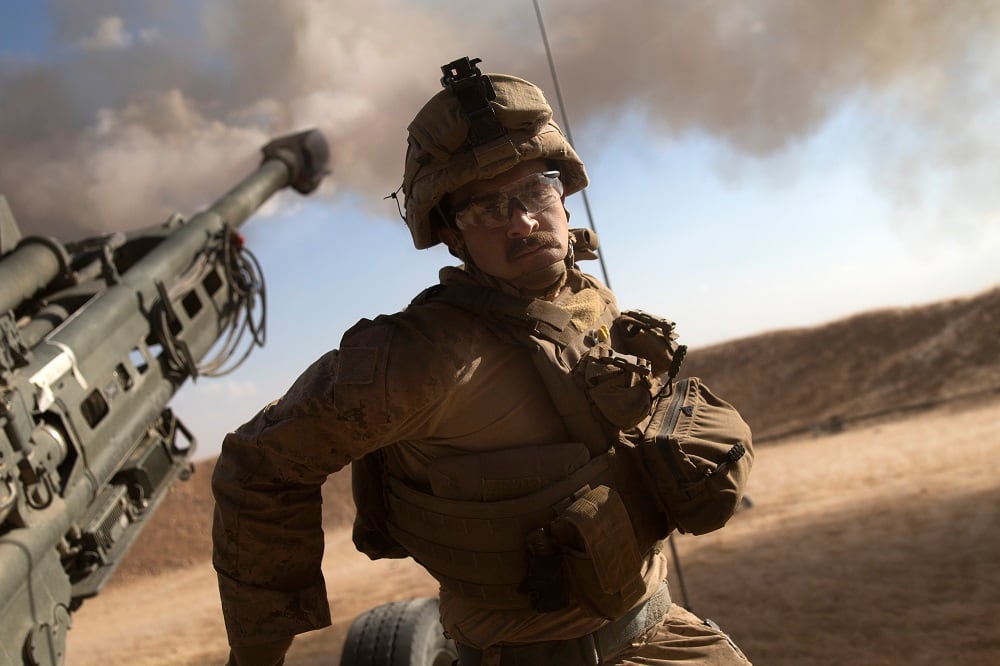WASHINGTON — Marines providing artillery support to U.S.-backed Syrian fighters in Raqqa fired so many consecutive rounds they burned out the barrels of two M777 155 mm howitzers.
The story was told directly to Army Sergeant Major John Wayne Troxell, the senior enlisted adviser to chairman of the Joint Chiefs of Staff Gen. Joseph Dunford, by a Marine Corps battery commander.
“Every minute of every hour we were putting some kind of fire on ISIS in Raqqa, whether it was mortars, artillery, rockets, [High Mobility Artillery Rocket Systems], Hellfires, armed drones, you name it,” Troxell told reporters on Monday. Troxell had visited Raqqa a couple weeks ago for a period of four hours.
The Syrian Democratic Forces, or SDF, commander for the Raqqa campaign, Gen. Rojda Felat, knew she had to aggressively keep pressure on ISIS in Raqqa, which meant coalition support in terms of ISR, drones and artillery also had to be aggressive, Troxell explained to reporters.
“What we have seen is the minute we take the pressure off of ISIS they regenerate and come back in a hurry,” Troxell said. “They are a very resilient enemy.”
SDF forces backed by coalition air and artillery support liberated Raqqa after four-plus months of fighting. However that liberation has come at a steep cost. Much of Raqqa has been destroyed by the intense urban street to street battling and the thousands of air and artillery strikes.
Despite ISIS’ loss of its self-proclaimed capital, the group has not been defeated and complete annihilation of the group is unlikely.
ISIS has lost considerable combat power and its ability to launch external attacks outside Syria has been greatly diminished but the group and its threat can only be neutralized, Troxell explained.
ISIS fighters may look to export its fighters and ideology to East and West Africa, Troxell said.
Nevertheless, the burnout of two M777 howitzers highlights the amount of artillery shells that rained down upon ISIS and Raqqa.
“I’ve never heard of it ― normally your gun goes back to depot for full reset well before that happens,” a former Army artillery officer told Military Times on condition of anonymity. “That’s a shitload of rounds though,”
The rounds it would take to burn out a barrel is dependent on the level of charge and the range to the target, he said.
The level of charge of the round is also a function of the weight of the shell being used and the distance to the target.
“If you have an average-weight shell, the further you want to shoot the more charge you put in,” he said. “If that shell is heavier, you need to add even more charge.”
“So if they were shooting closer to the target, the tube life might actually be extended some.”
Marines have been providing artillery support to the SDF since March.
Military Times’ Pentagon Bureau Chief Tara Copp contributed to this story.
Shawn Snow is the senior reporter for Marine Corps Times and a Marine Corps veteran.










